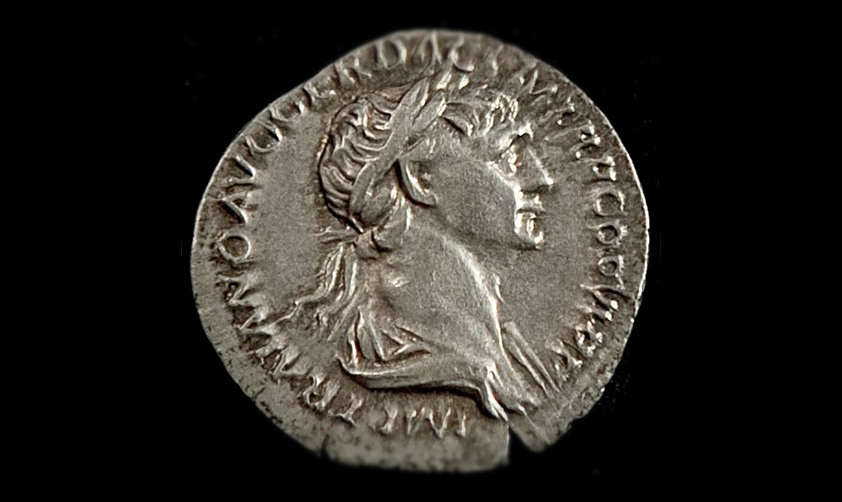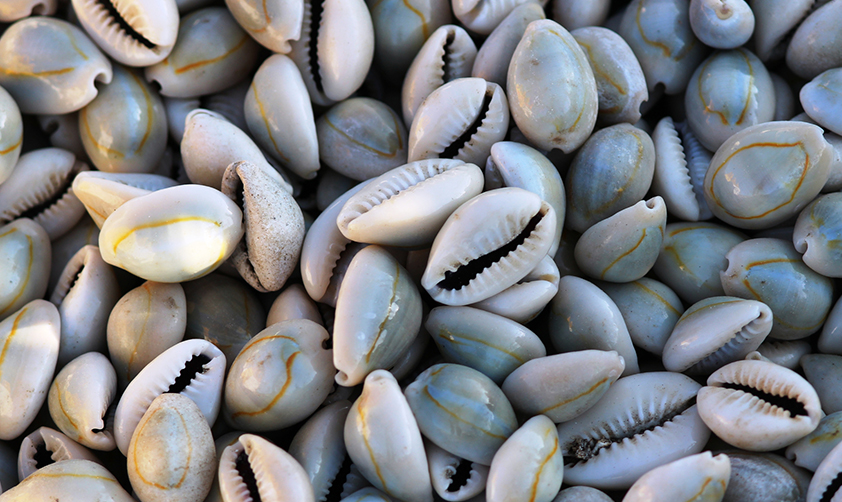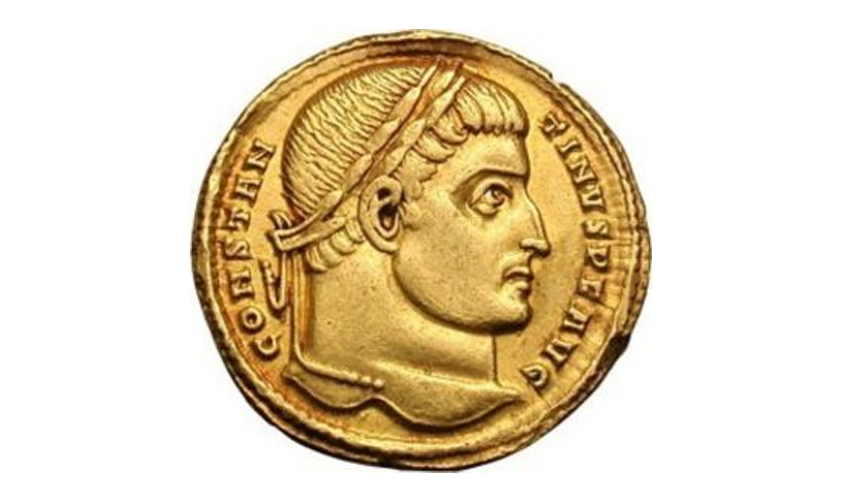When visiting a fine palace in Italy (and often outside Italy, too), it is not unusual to see wonderful Murano glass chandeliers. They can also be found in the private homes of owners who like that sort of thing. They are an ancient example of the prestige acquired by the city of Venice and its glassworks, which have been producing not only chandeliers but artefacts of extremely varied types, sizes and colours for many centuries. However, not everyone knows about the adventurous history of Venetian beads and their success as a means of payment.
Nowadays, we would probably look at beads with the condescension we might feel towards childish or cheap costume jewellery. Yet beads go back to the very early days of humanity: they were the first form of lasting ornament, and are often found inside ancient tombs. As early as the Upper Palaeolithic (between 40,000 and 10,000 years ago), we find beads made from animal teeth and bones, crafted first by Neanderthals and then by Homo sapiens. They carried symbolic meanings that related to hunting, and were probably meant to act as lucky charms in the vital business of finding food. In more recent ages, the Egyptians and Sumerians, and the peoples who lived in what is now Afghanistan between 2200 and 1600 bce, used grains of lapis lazuli, turquoise, carnelian, agate and gold. The smaller they were, the more they were valuable, on account of the greater difficulty and skills involved in making them. These beads were colourful and flashy, durable, could be combined in thousands of ways and applied to clothes, and were made of the most diverse materials. All the more advanced civilizations, such as the Phoenicians, Etruscans, Persians, Greeks and Romans produced them and, over time, perfected the art of glasswork, which often imitated stone.
Pliny the Elder (25-79 ce) attributes the fortuitous invention of glass to some Phoenician sailors who accidentally melted silica, the constituent mineral of glass, by lighting a fire in the sand, near Tyre. In actual fact, glass originated earlier; nor would it be enough to just melt some sand, because soda ash and calcium are also needed to enable it to melt and then stabilize. During this process, other minerals and materials can be mixed in to achieve the most diverse colourings. One of the areas richest in silica has always been Syria, which is where beads of the highest quality were produced for centuries. In the early Middle Ages, however, the Republic of Venice began to emerge as a producer on the Mediterranean scene, with the first glass workshops being set up in the 10th century. Trade with what survived of the Eastern Roman Empire, as well as the Arab world and Asia, allowed Venice to advance in this sector until it reached high quality standards in the 13th century and a 'School' of glassworkers (i.e. a trade association) was established. Following the sack of the imperial capital of Constantinople in 1204, during the Fourth Crusade, many of the glassmakers trained in the Roman-Oriental tradition brought their refined techniques to the Venetian lagoon. When Marco Polo returned from his travels in 1295, he invited his fellow citizens to turn to the eastern markets for Venetian beads. A few years later, in 1298, the Mariegola of the Paternosteri was established. 'Mariegola' is a dialectal contraction for mater regulae, a 'rule book' regulating the activities of pearl manufacturers. Beads were also called paternosteri, as they were used, among other things, as rosary beads.
The fall of Damascus at the hands of Timur (1401) made Venice the undisputed master of the market for coloured glass beads. Production centres shifted to the island of Murano, as the fumes from the workshops were deemed unhealthy for Venetian residential neighbourhoods. The glass industry became so crucial that the glassworkers' guild was placed under the jurisdiction of the Council of Ten, the Republic's highest governing body, in 1490; glassmakers were strictly forbidden from divulging the techniques and secrets of glassmaking. The real revolution, however, came with the great 15th century explorations. Europeans took to crossing oceans, encountered new lands and new peoples, and turned to them for their trade. The New World tribes, who did not know glass, began to accept glass beads in exchange for sugar, tobacco, silver and gold. Let's not think that they were naive. Europeans placed great value on gold and silver, relative to their own culture, whereas glass was much rarer than gold, more precious and more beautiful to indigenous Americans, who used it to adorn their clothing, often replacing more traditional decorations such as porcupine quills.
As the pearl trade grew exponentially, major production centres such as Venice, Bohemia and Holland competed to produce ever more colourful and imaginative beads to appeal to the tastes of different tribes and villages. From the 16th century onwards, however, Africa replaced the Americas as the most flourishing market, as slaves infamously became the most valuable commodity. Europeans would send rum, textiles, guns, cowrie shells and beads to the African continent in exchange for human beings. Venetian beads were especially prized for their refinement and colours and began to circulate internally, taking on a monetary role. In the 16th century, they were also called conterie, from the Italian verb contare, 'to count' - reflecting one of the main functions of money as a unit of account. Their success was such that, despite being made in Venice, they came to be called 'beads of Africa'. As late as the 19th century, European explorers would encounter tribes that had long since incorporated beads into their traditional clothing; to this day, the tribal wear of the Maasai and Samburu tribes of Kenya features colourful beads.
Even after its political and military decline, Venice could count on the glass bead trade well into the 18th century, until the dissolution of the Republic at the hands of Napoleon in 1797 - a dissolution that hit the glassworks just as hard. However, the innumerable varieties of beads, ranging from chandelier beads to millefiori and chevron beads, produced in vast quantities in the preceding decades and centuries, now circulated on all continents as ornaments or as a medium of exchange. The Venetians did not even have a very clear idea how they were used, as the trade was run by the colonial companies. The Murano glassworks were revived under Habsburg rule and again in the 1920s, when the Charleston became a popular dance in America. The dresses customarily worn for the dance were threaded with beads that were of course called Charleston beads.
In the later 20th century, it was collectors who mostly took an interest in the old 'beads of Africa', and yet, in countries like Ghana, there are tribes among which strings of millefiori beads are still handed down as family heirlooms. While the beads have ceased to be a medium of exchange, one of the three functions of money is preserved in the practice of using beads as a store of value (a bit like an Italian family passing on an inheritance of ancient Roman aurei (gold coins), which are out of circulation but still of great value on the numismatic market). At any rate, it is unclear whether Ghanaian owners of Venetian beads are aware of their origins, and African legend actually believes that these beads come from the end of the rainbow.









